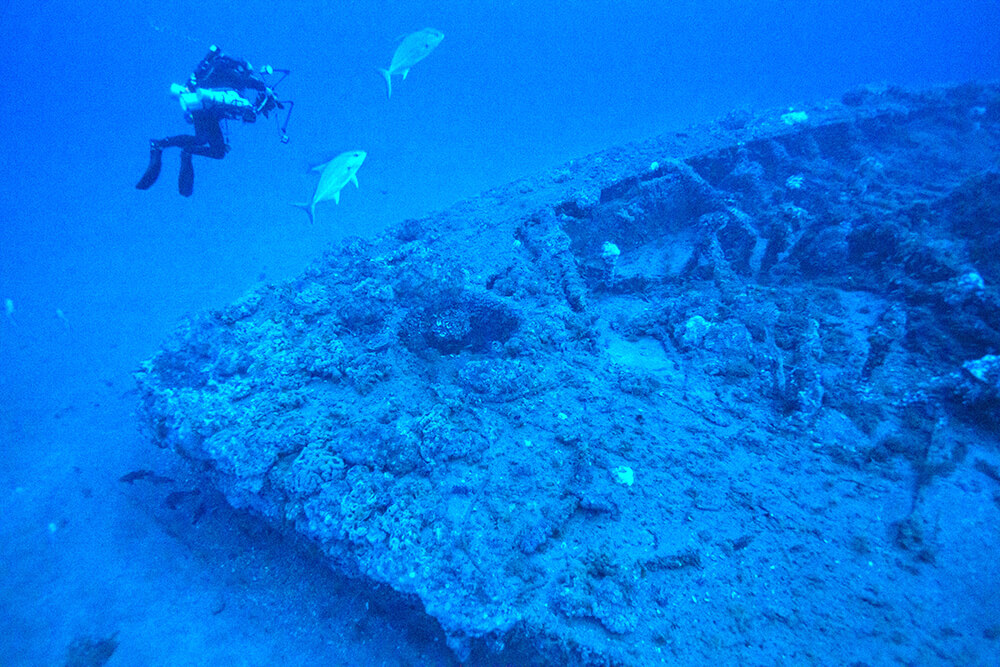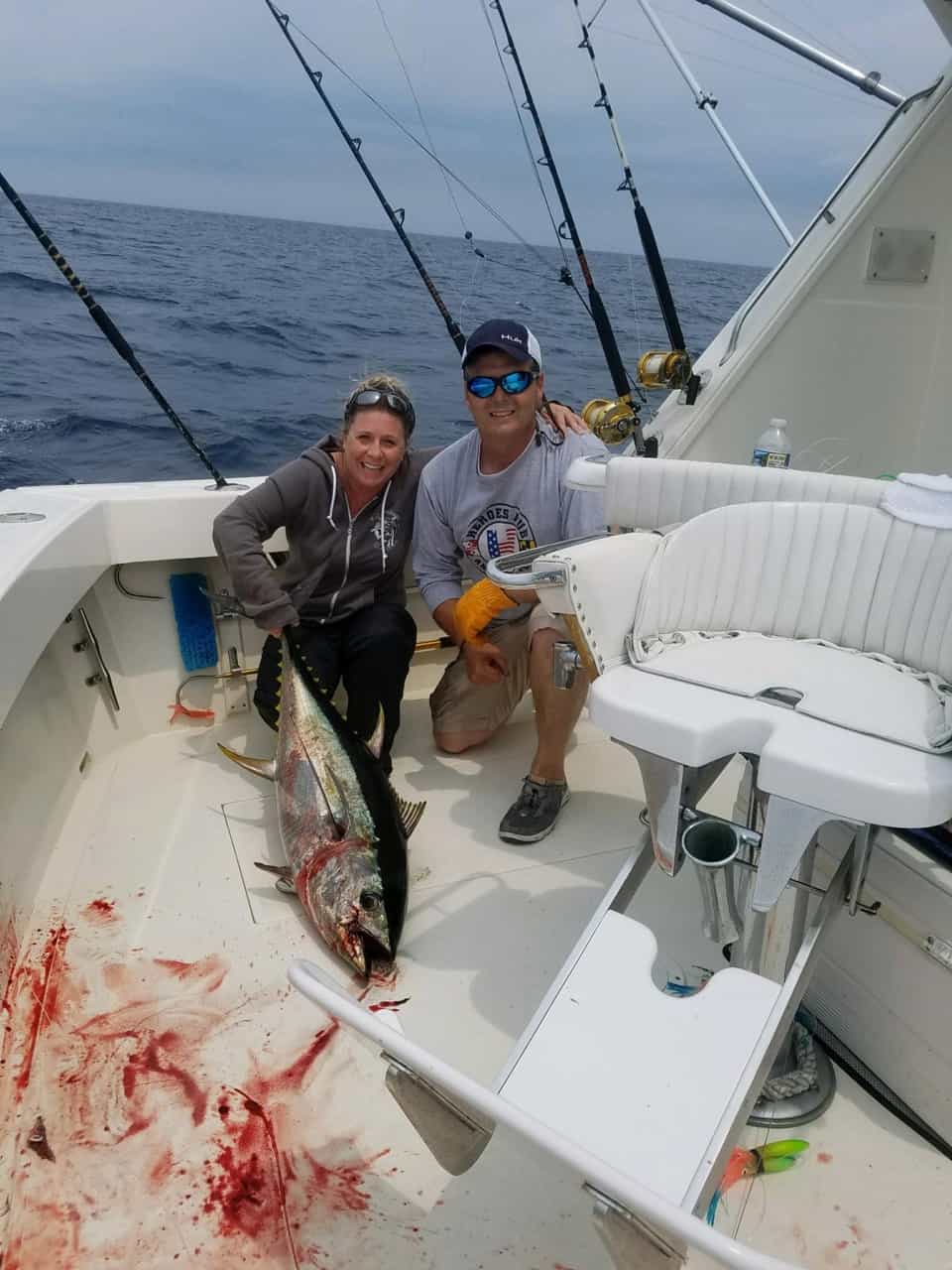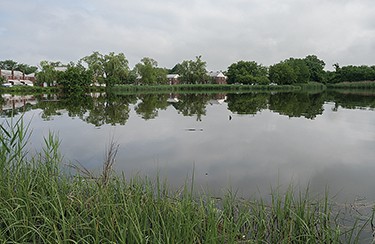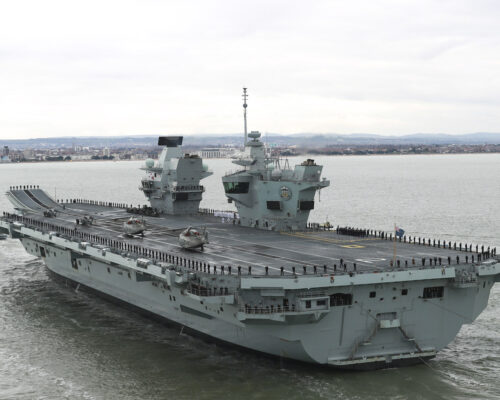The turret of the Civil War ironclad warship USS Monitor is carefully preserved at the Mariners Museum in Newport News, and now a brand-new underwater expedition will explore the rest of Monitor‘s wreckage off the North Carolina coast.
The Global Foundation for Ocean Exploration (GFOE) will begin exploring the USS Monitor this month, and you can follow along live. The expedition is called Valor in the Atlantic.
The exploration will take place in the Monitor National Marine Sanctuary (MNMS). This was the first National Marine Sanctuary in the United States. Created in 1975, the sanctuary protects the wreckage of the USS Monitor. The site is about 16 miles southeast of Cape Hatteras. The Monitor sank on the last day of 1862 with the loss of 16 crew.
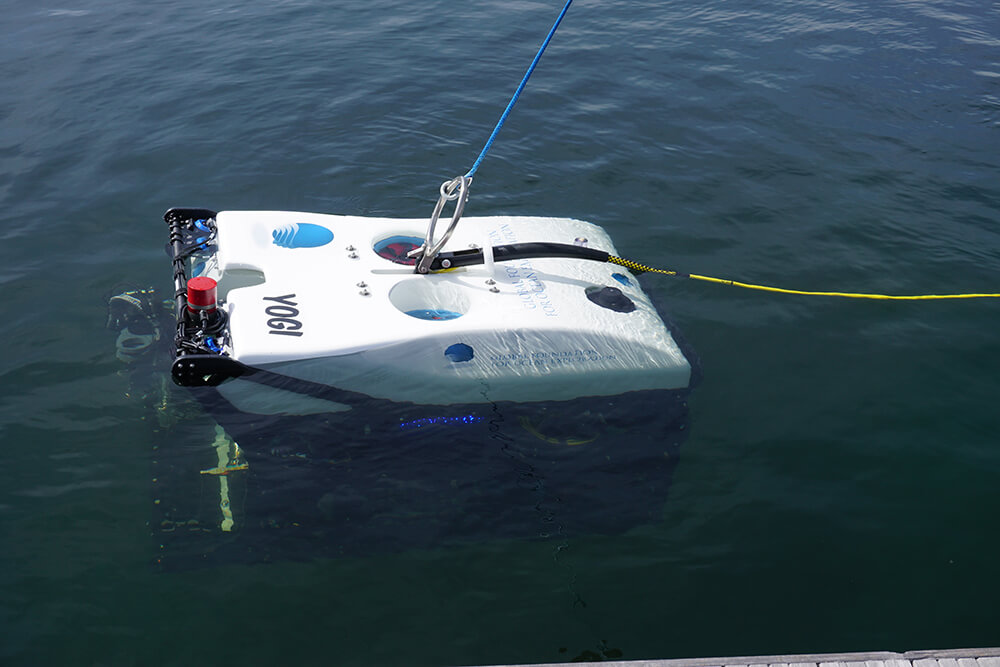
GFOE is a nonprofit that provides equipment and services to various government agencies and research institutions for ocean exploration. They have developed several remotely operated vehicles (ROVs) for underwater exploration. On this trip, the ROVs Yogi and Guru will explore the ocean bottom. The Yogi captures wonderful underwater images with its high-definition cameras. It has a 5-function manipulator arm that can collect samples, and a suction sampler so interesting small items can be vacuumed off the bottom It can dive to 1500 meters. The vehicle’s first project was to explore Yellowstone Lake, which is how it got its name. It was named after the cartoon bear who lived in a fictional version of Yellowstone National Park. The Guru is a camera platform that is designed to work with the Yogi.
Yogi will be connected to the research platform ship Nancy Foster by cable. The Nancy Foster is connected to the internet by satellite. Images from the ROVs cameras will stream live from under the sea to devices around the world. Anyone with an internet connection can watch!
The Monitor‘s turret was recovered during a 41-day recovery mission in 2002. It is on display at The Mariners Museum in Newport News, Virginia, which also houses the offices of the MNMS.
In addition to the Monitor, the expedition will explore other shipwrecks in the area. The expedition’s name, Valor in the Atlantic, is derived from the fact that a variety of wartime shipwrecks will be explored. During WW II, attacks from German U-boats against Allied merchant vessels resulted in a high concentration of World War II shipwrecks off the North Carolina coast. The project represents an ideal opportunity to honor the history and sacrifice of the Allied servicemen and the members of the U.S. Merchant Marine who fought and died during the war.
It’s not all about the history. Shipwrecks also provide habitat for a variety of marine life.
According to Chris Taylor, a Research Ecologist with the National Oceanic and Atmospheric Administration (NOAA), “The Nancy Foster and other ships in our NOAA fleet use multibeam and fishery echosounders that allow us to map the seafloor and water column almost instantaneously. We then create high definition models and visualizations of the biological communities around the shipwrecks. The echosounders have shown that these shipwrecks hold massive schools of fish and large predators. The ROV cameras then help us identify these fish to species.”
Taylor says echosounders can also help researchers map ocean currents around the wrecks, which give insight on the movement of nutrients, algae, and plankton at the base of the foodweb. This information will inform shipwreck and reef ecosystems mangement in the future.
A variety of additional organizations will be involved in Valor in the Atlantic. In addition to GFOE and MNMS, there will be the NOAA Office of Marine and Aviation Operations, NOAA Office of National Marine Sanctuaries, NOAA National Centers for Coastal Ocean Science, and the North Carolina Office of State Archaeology.
The Nancy Foster is already underway and dives have already started. Scientists will narrate and explain what is visible on the screen. To watch, follow this link: https://engineeringfordiscovery.org.
-Kendall Osborne

